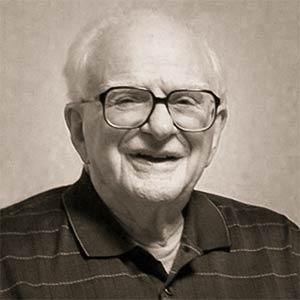Phono Cartridge Pioneer Norman Pickering RIP

Pickering was an engineer, inventor, and musician who was best known for improving the sound of phonograph records by refining record pickups and later designing precision phono cartridges. Pickering phono cartridges were originally intended for broadcasters and recording companies but became a popular consumer product in the 1950s as the high-fidelity market started to take off.
“It was a big surprise to me that the public took to this device as they did,” Pickering said in a 1997 oral history interview conducted for the Audio Engineering Society (AES). “It was never intended to be a consumer product. It was a professional transducer for people in the record business. So we found that we were selling them right and left to people who just wanted to play records at home. And the benefits were not only the sound quality but the lack of wear and tear on the records.”
In an article published over the weekend in The New York Times, Bruce Weber wrote:
In 1945, Mr. Pickering, who enjoyed listening to records and was frustrated by the sound quality of recordings, developed an improved pickup…Previous pickups were heavier and more unwieldy; styluses were made of steel, they needed to be replaced frequently, and the weight of the mechanism wore out records after a limited number of plays.The so-called Pickering pickup (and later, its even more compact iteration, the Pickering cartridge) was introduced just as the favored material for records was shifting from shellac to vinyl, which had a lower playback noise level.
Originally designed for use in broadcast and recording studios, it was a fraction of the size of earlier models, and it replaced the steel of the stylus with a significantly lighter and harder material&mdashl;sapphire or diamond—which lasted much longer and traced a more feathery path along the record. Because of it, records lasted longer and original sounds were reproduced with less distortion.
Also see: The AnalogPlanet: obituary.
The New York Times: obituary.
AES Oral History: 1997 interview with Norman Pickering.
NAMM Oral History: 2005 interview with Norman Pickering.
Michael Fremer’s recent article at analogplanet.com.

























































